Are you ready to navigate the often complex landscape of university departmental policies? Understanding these guidelines is crucial for both faculty and students, ensuring a smooth communication flow and a productive academic atmosphere. In this article, we'll break down essential elements of policy review that can help clarify roles, improve efficiency, and promote inclusivity within your department. Let's dive in and explore how these policies shape our academic journey together!
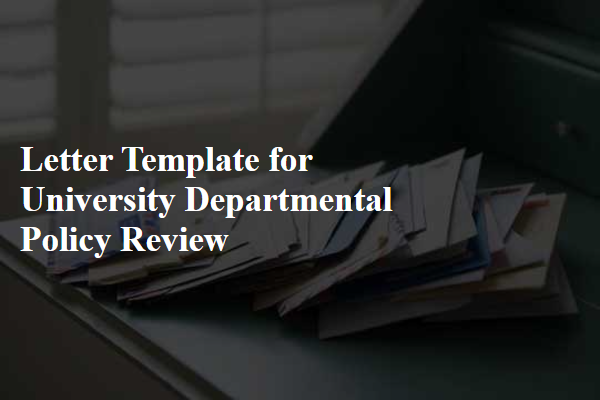
Clarity and specificity in policy language
University departmental policy review emphasizes clarity and specificity in policy language to ensure understanding and compliance. Effective policies reduce ambiguity, allowing faculty and staff to interpret rules systematically. Key documents, including handbooks and guidelines, should use precise terminology and avoid jargon, fostering an inclusive environment for diverse stakeholders. Specific procedures regarding evaluations, grievances, and resource allocation benefit from detailed examples, illustrating the intended application. Regular reviews, such as annual assessments in May, can help identify confusing sections, facilitating necessary revisions. Engaging stakeholder feedback during this process enhances policy relevance and usability across departments.
Alignment with institutional goals
In educational institutions, departmental policies play a vital role in aligning with overall institutional goals, such as enhancing student success rates, promoting inclusive learning environments, and fostering research innovations. Evaluation of these policies ensures that they reflect core values, such as integrity and diversity, while adapting to evolving academic standards (like the AACSB accreditation criteria for business schools). Regular policy reviews help identify gaps and redundancies, facilitating improved resource allocation and supporting strategic initiatives (like increases in research funding or graduate employment rates). Additionally, these reviews engage stakeholders, including faculty members, administrative staff, and students, fostering a cohesive educational experience at the university's various campuses across the nation.
Inclusivity and diversity considerations
The university's departmental policy review must prioritize inclusivity and diversity considerations to create an equitable educational environment. Policies should address various techniques to ensure that underrepresented groups - including individuals from different racial, ethnic, and gender backgrounds, as well as those with disabilities - feel welcomed and supported. Incorporating targeted outreach programs aimed at local high schools can enhance diversity within the student body, fostering a culture of inclusivity that encourages diverse perspectives. Implementing training seminars on bias awareness for faculty and staff can improve interpersonal dynamics, leading to a more supportive atmosphere where all students can thrive. Additionally, establishing a feedback mechanism that allows for continuous evaluation of inclusivity practices ensures sustained commitment to diversity initiatives. Regular assessment cycles (e.g., semi-annually) can help identify areas for improvement and ensure alignment with the university's mission of inclusivity.
Compliance with legal and regulatory standards
University departments must ensure compliance with legal and regulatory standards, including state laws, federal regulations, and academic accreditation requirements. Each department should conduct regular reviews of policies to align with regulations set by entities such as the U.S. Department of Education and the American Association of Collegiate Registrars and Admissions Officers (AACRAO). Audits of financial aid practices, data protection laws such as the Family Educational Rights and Privacy Act (FERPA), and Title IX regulations are essential for maintaining institutional integrity. Departments should also implement training programs to familiarize staff with these laws, minimizing the risk of non-compliance and fostering a culture of accountability and transparency within the university. Regular updates and trainings on changes in legislation ensure proactive adherence to evolving standards.
Mechanisms for feedback and revision
Departmental policies at universities play a crucial role in maintaining standards and addressing concerns effectively. Establishing mechanisms for feedback allows faculty members, staff, and students to voice their opinions regarding policy effectiveness. Regular review periods, such as annually or biannually, can be set for assessing policies. Workshops and surveys facilitate open discussions, ensuring diverse perspectives are considered. Incorporating technology, such as anonymous online feedback forms, encourages honest input. The iterative revision process can improve policies, enhancing clarity and applicability. Ensuring transparency through published updates on changes fosters trust within the university community.

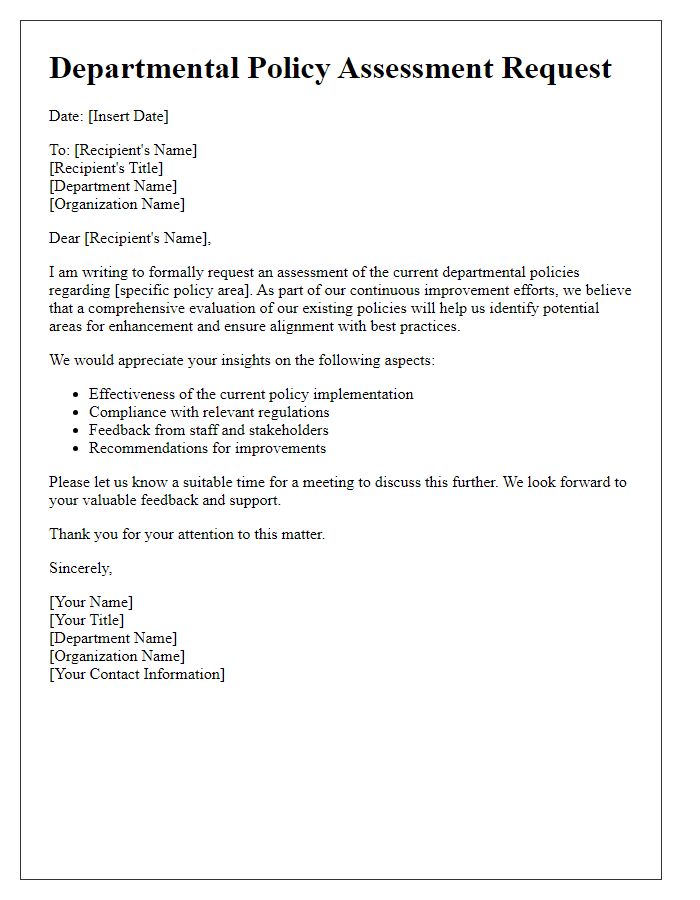
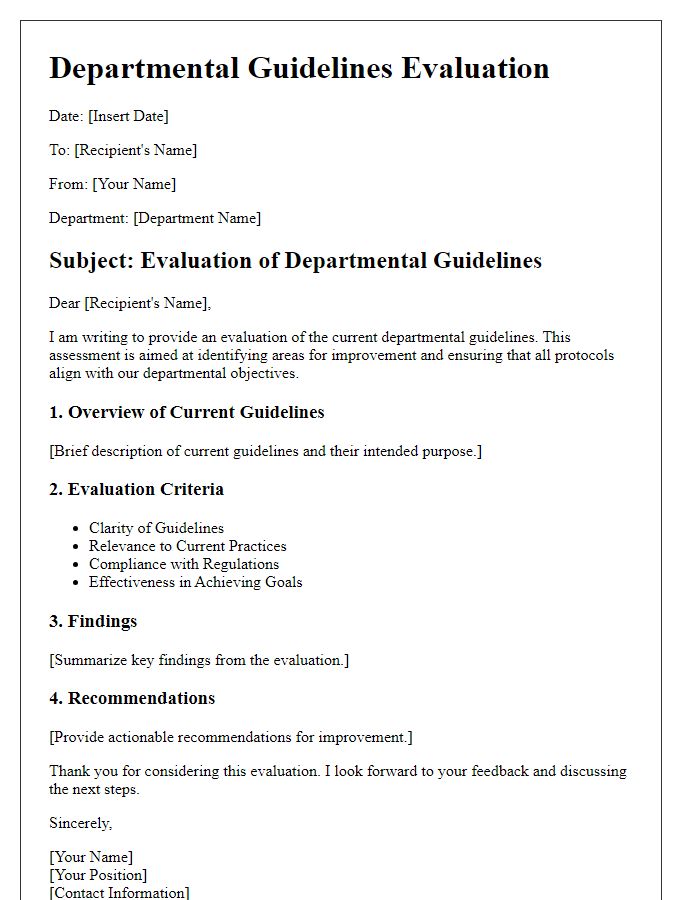
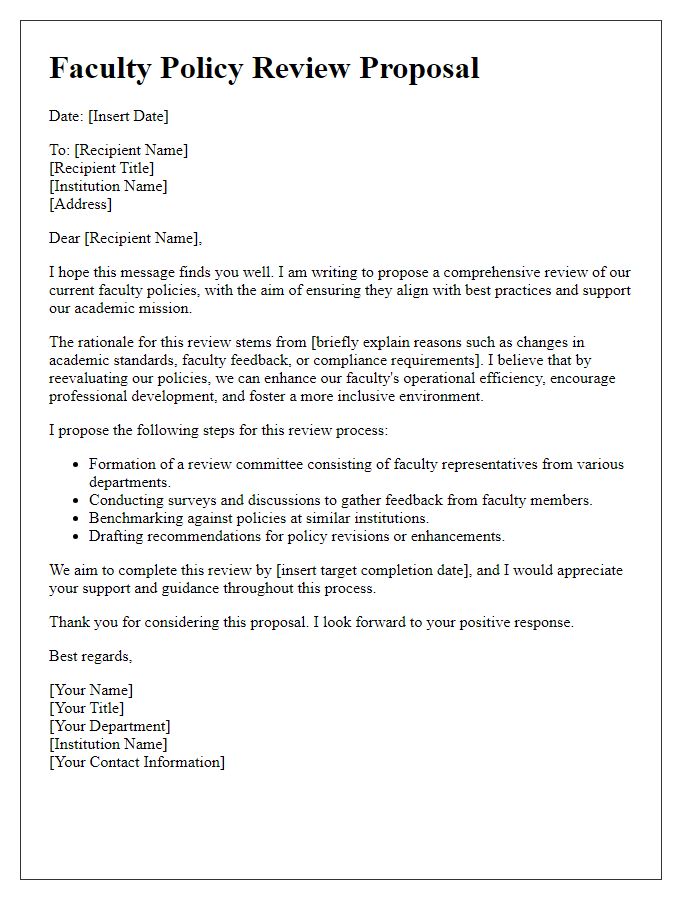
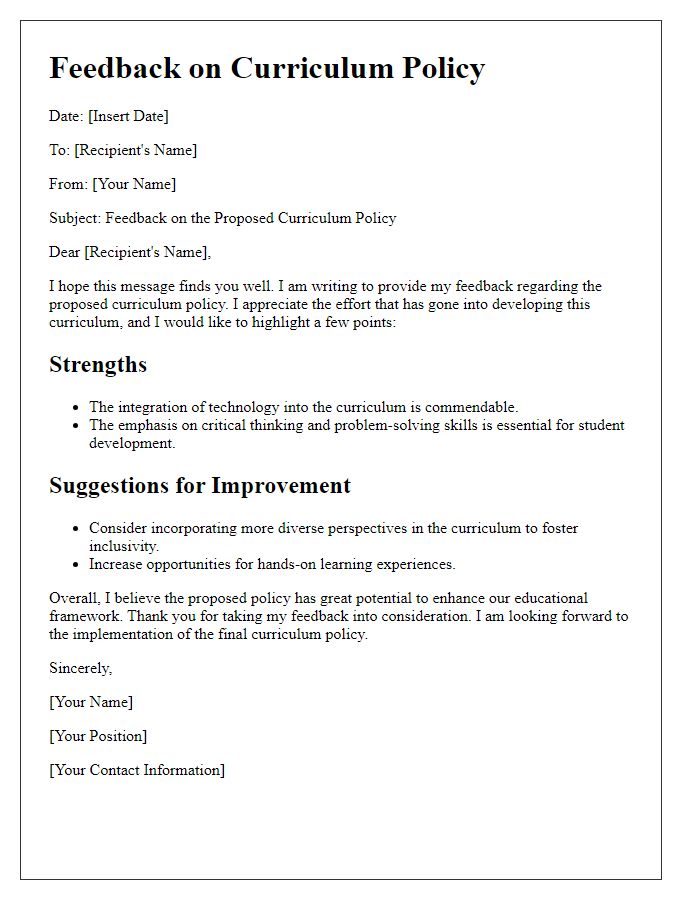
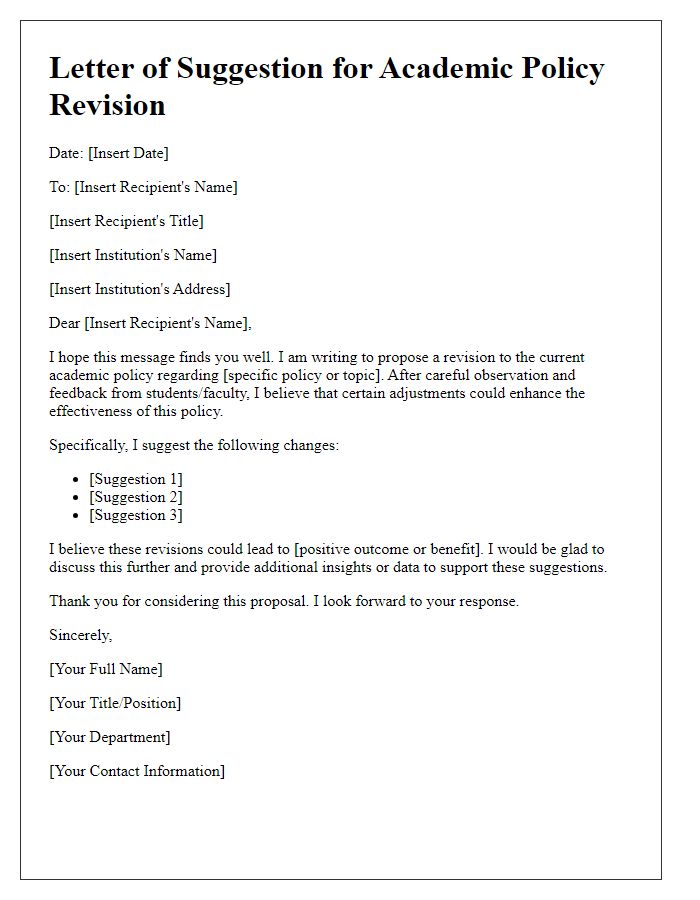
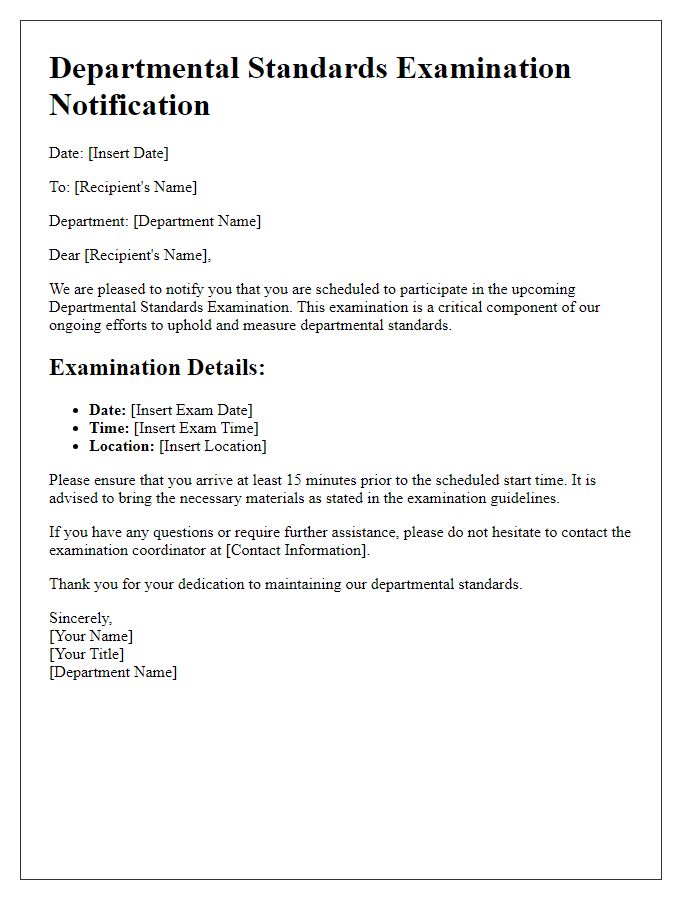
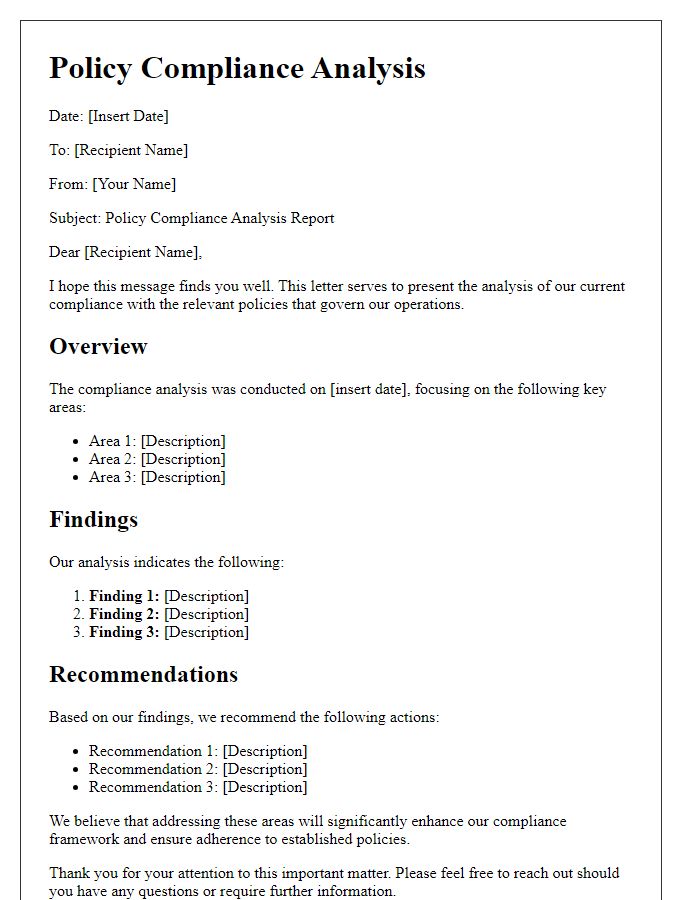
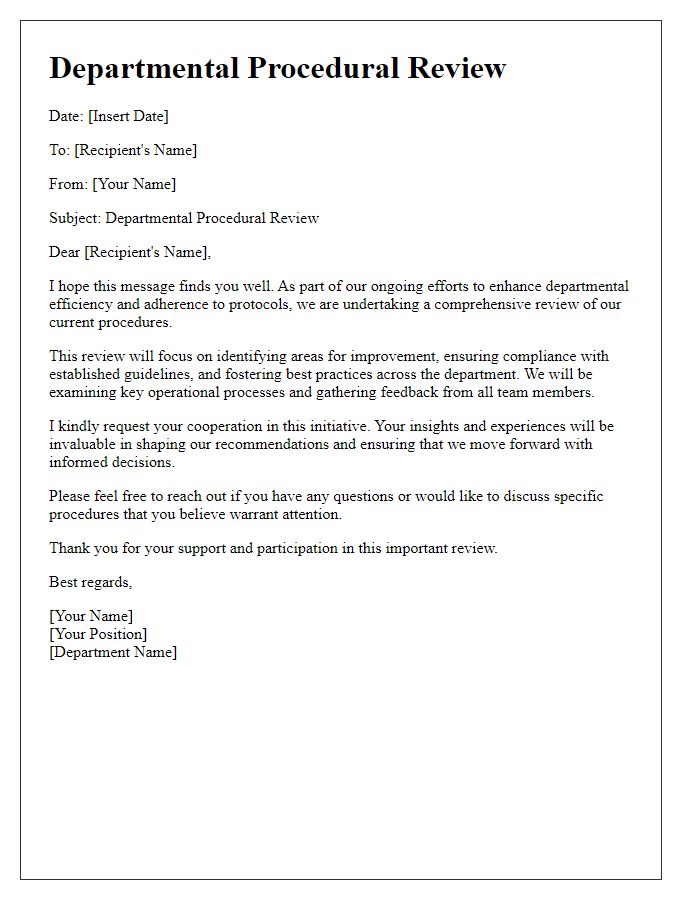
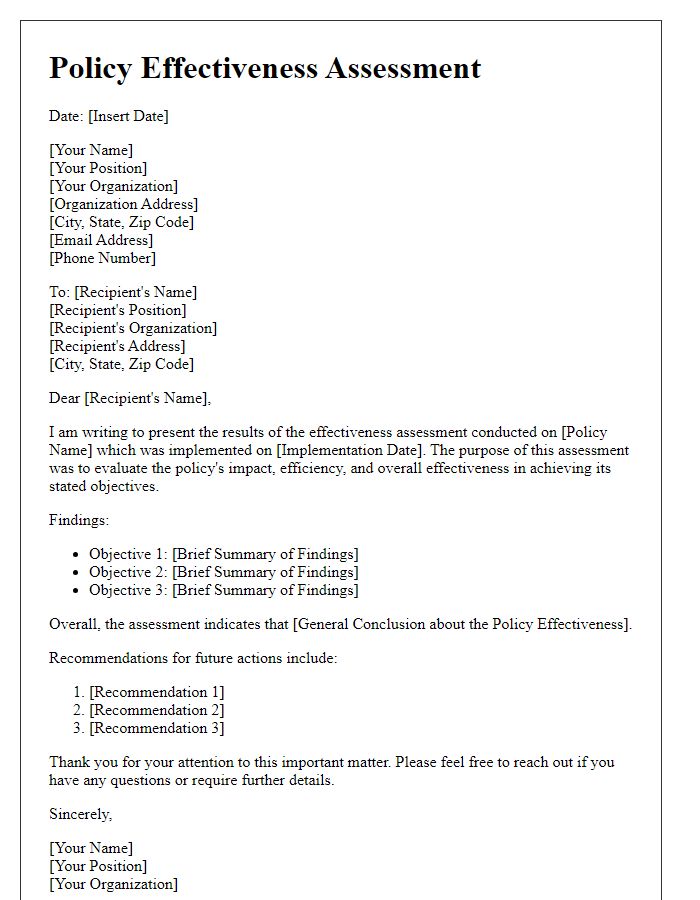
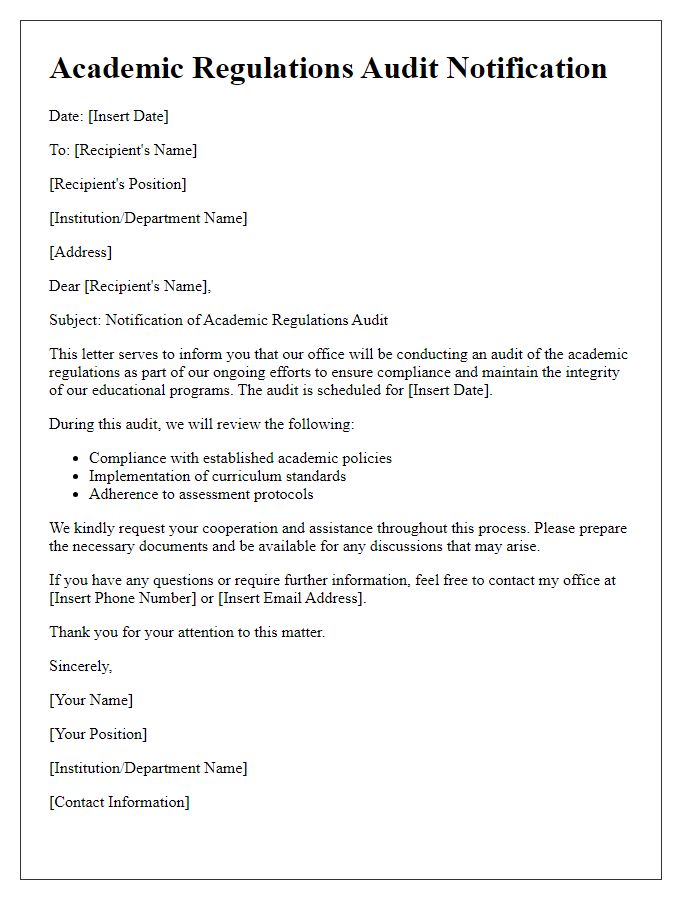

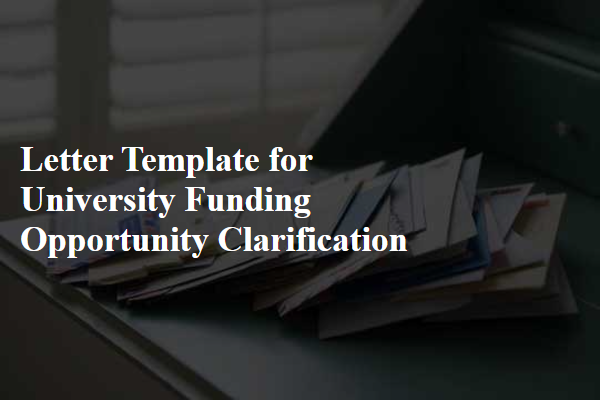
Comments